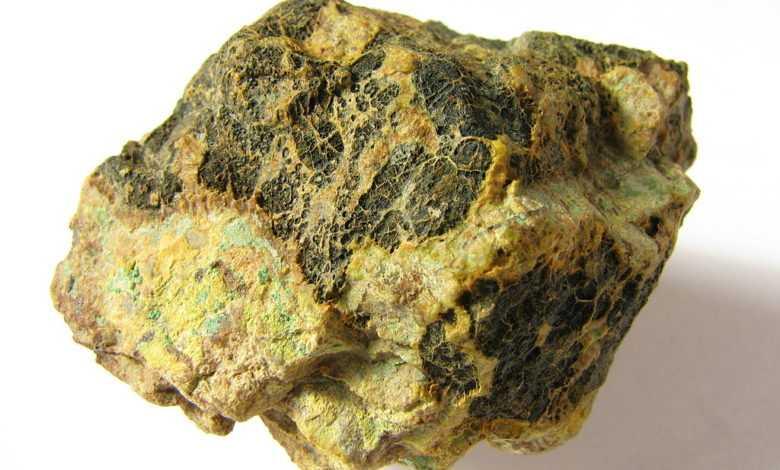The discovery and use of Uranium
Uranium was first used as a coloring agent in the manufacture of pottery. As early as 79 CE, naturally-occurring uranium oxide was ground up into a yellow powder and applied as a pottery glaze.
Martin Heinrich Klaproth discovered the element uranium in 1749, but uranium's radioactive significance was only unlocked in 1896 by physicist Henri Becquerel. Pure uranium is a silvery-grey radioactive chemical element.
58
646 reads
The idea is part of this collection:
Learn more about history with this collection
The historical significance of urban centers
The impact of cultural and technological advances
The role of urban centers in shaping society
Related collections
Read & Learn
20x Faster
without
deepstash
with
deepstash
with
deepstash
Personalized microlearning
—
100+ Learning Journeys
—
Access to 200,000+ ideas
—
Access to the mobile app
—
Unlimited idea saving
—
—
Unlimited history
—
—
Unlimited listening to ideas
—
—
Downloading & offline access
—
—
Supercharge your mind with one idea per day
Enter your email and spend 1 minute every day to learn something new.
I agree to receive email updates
